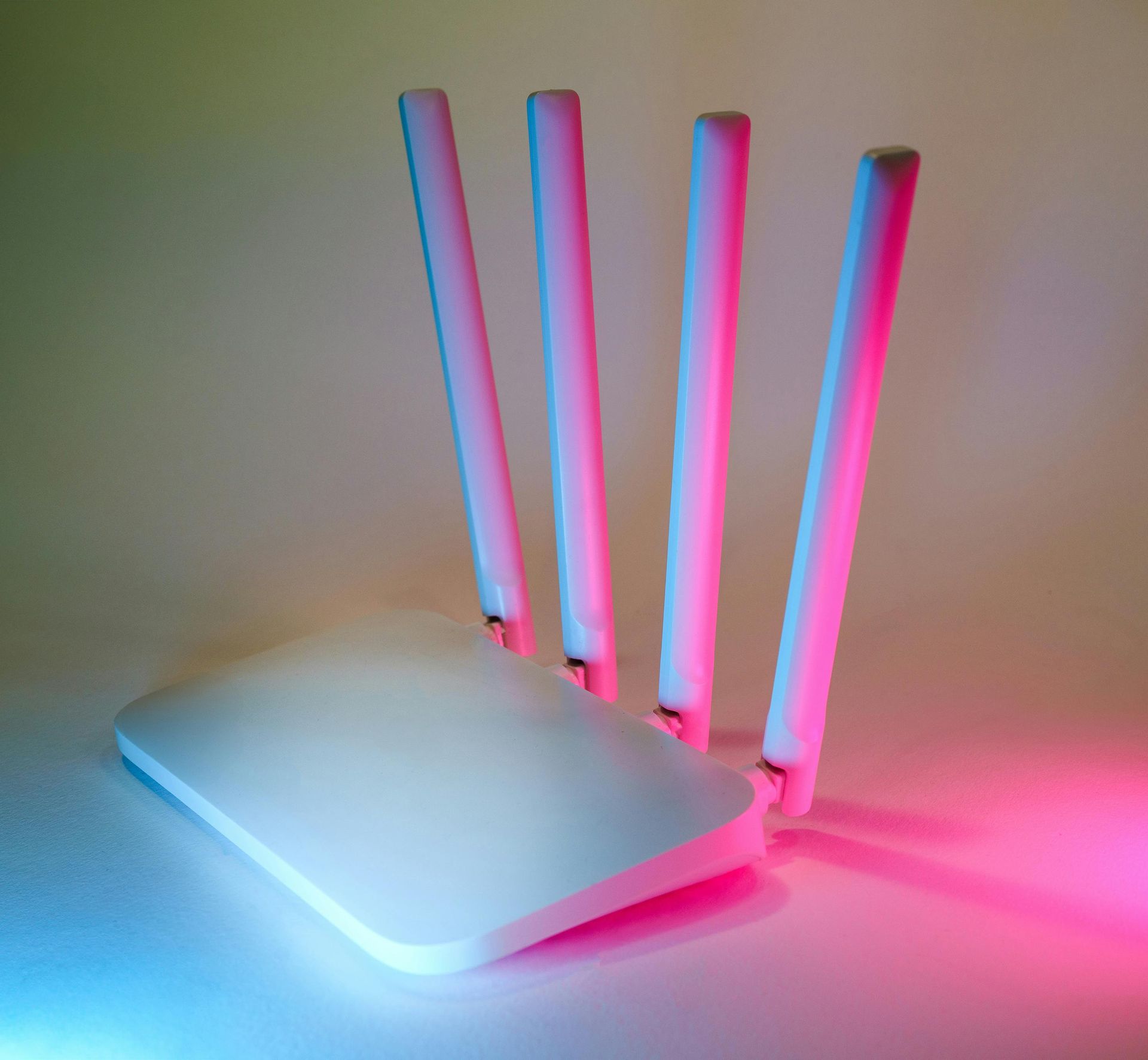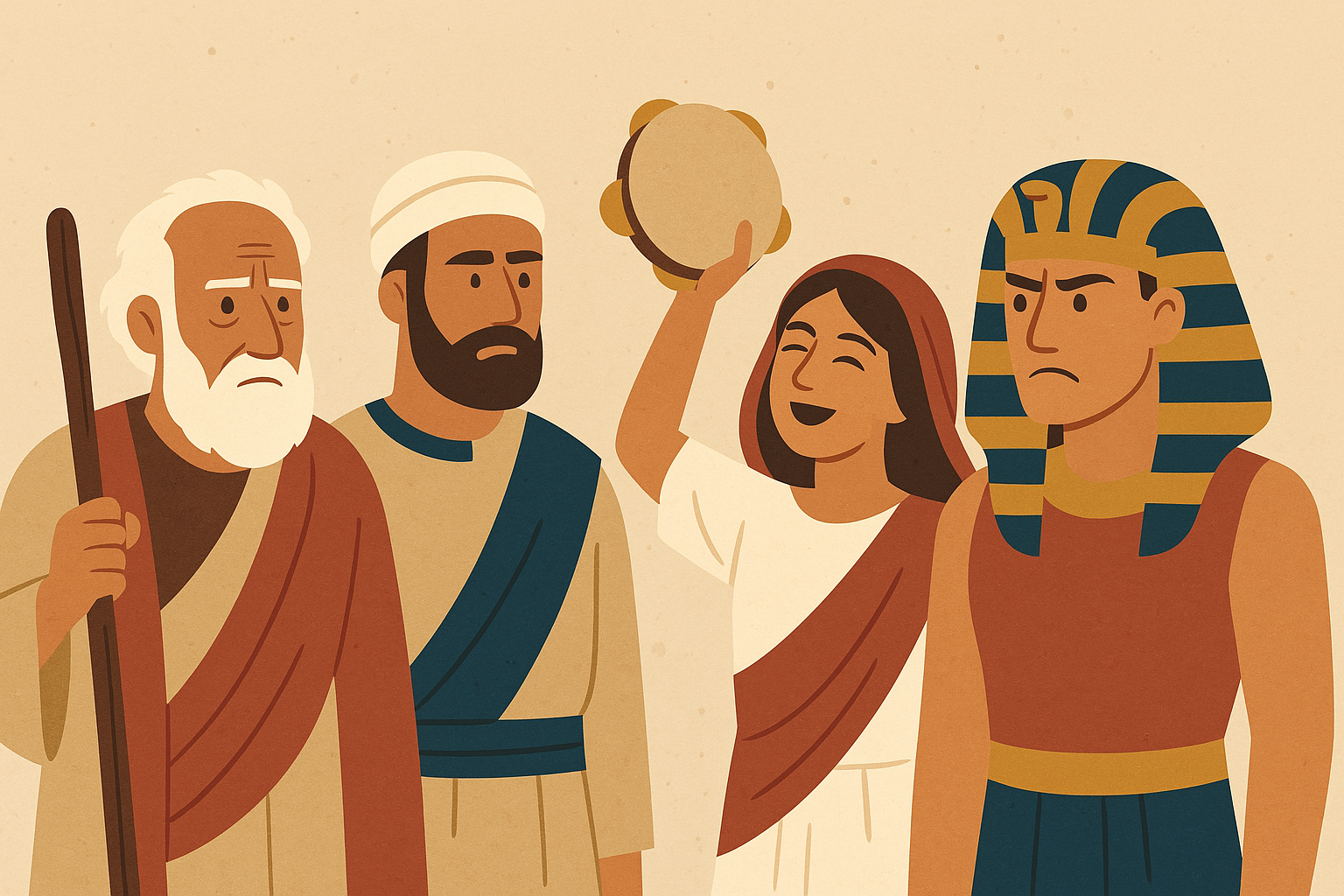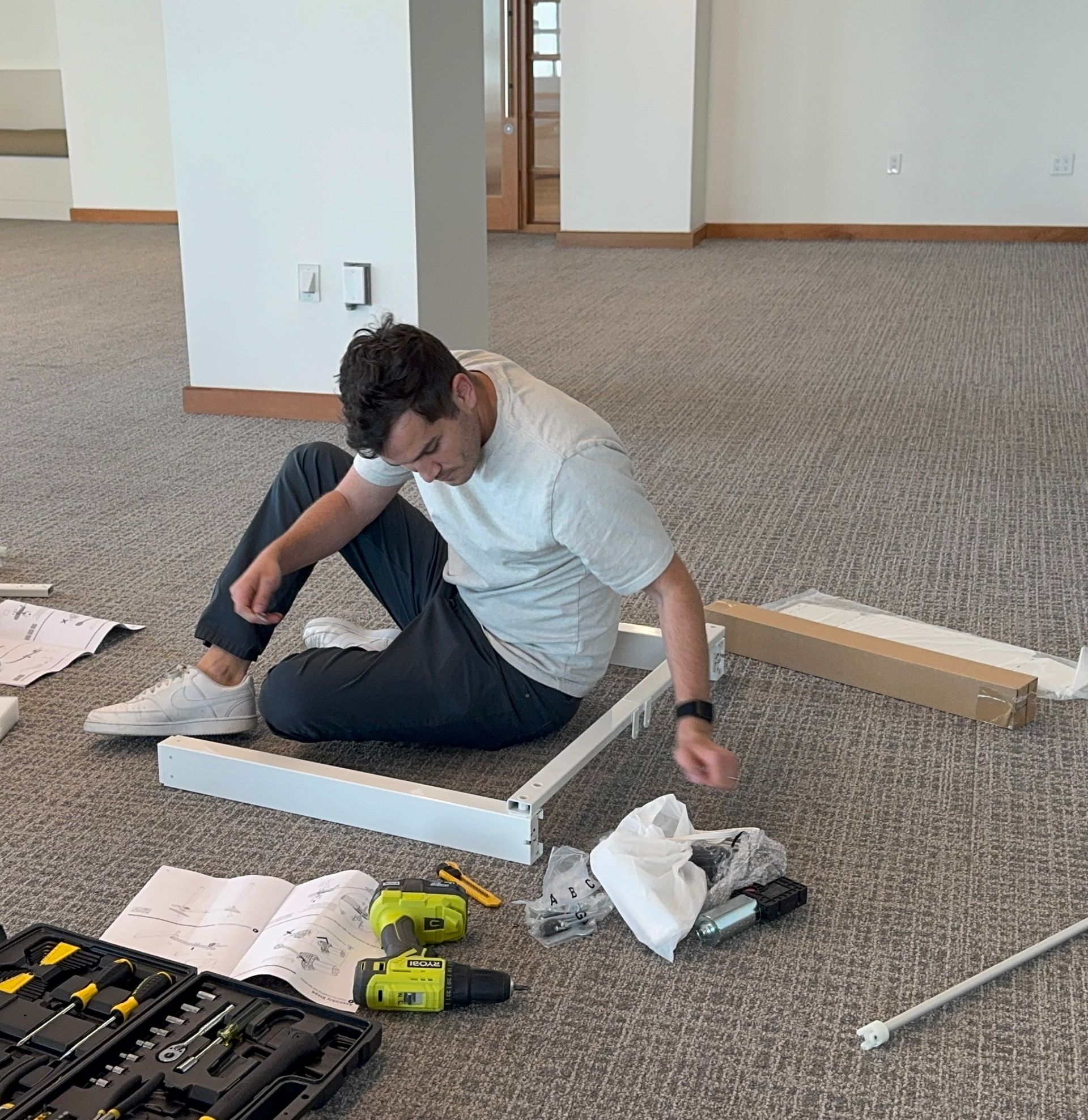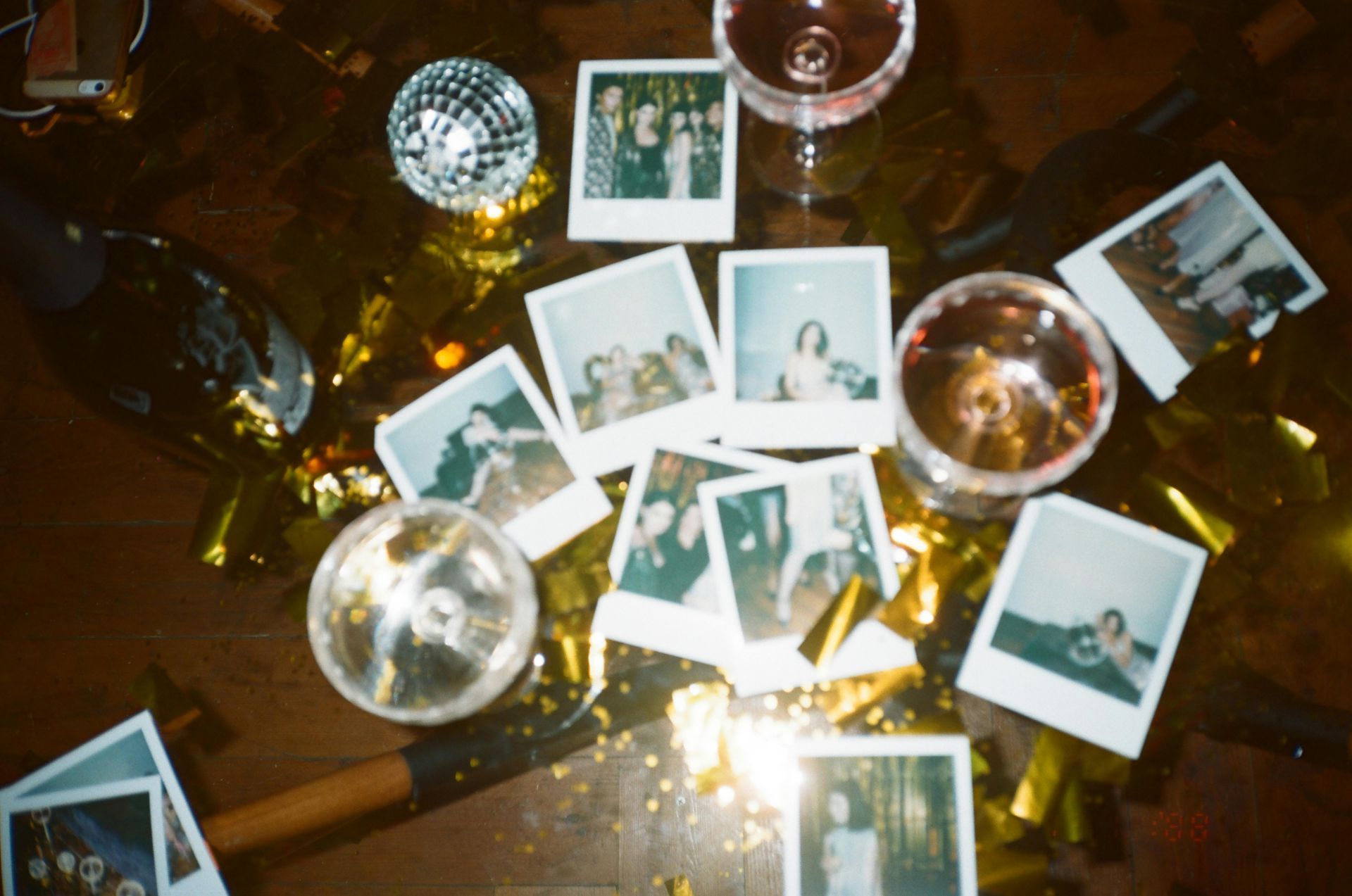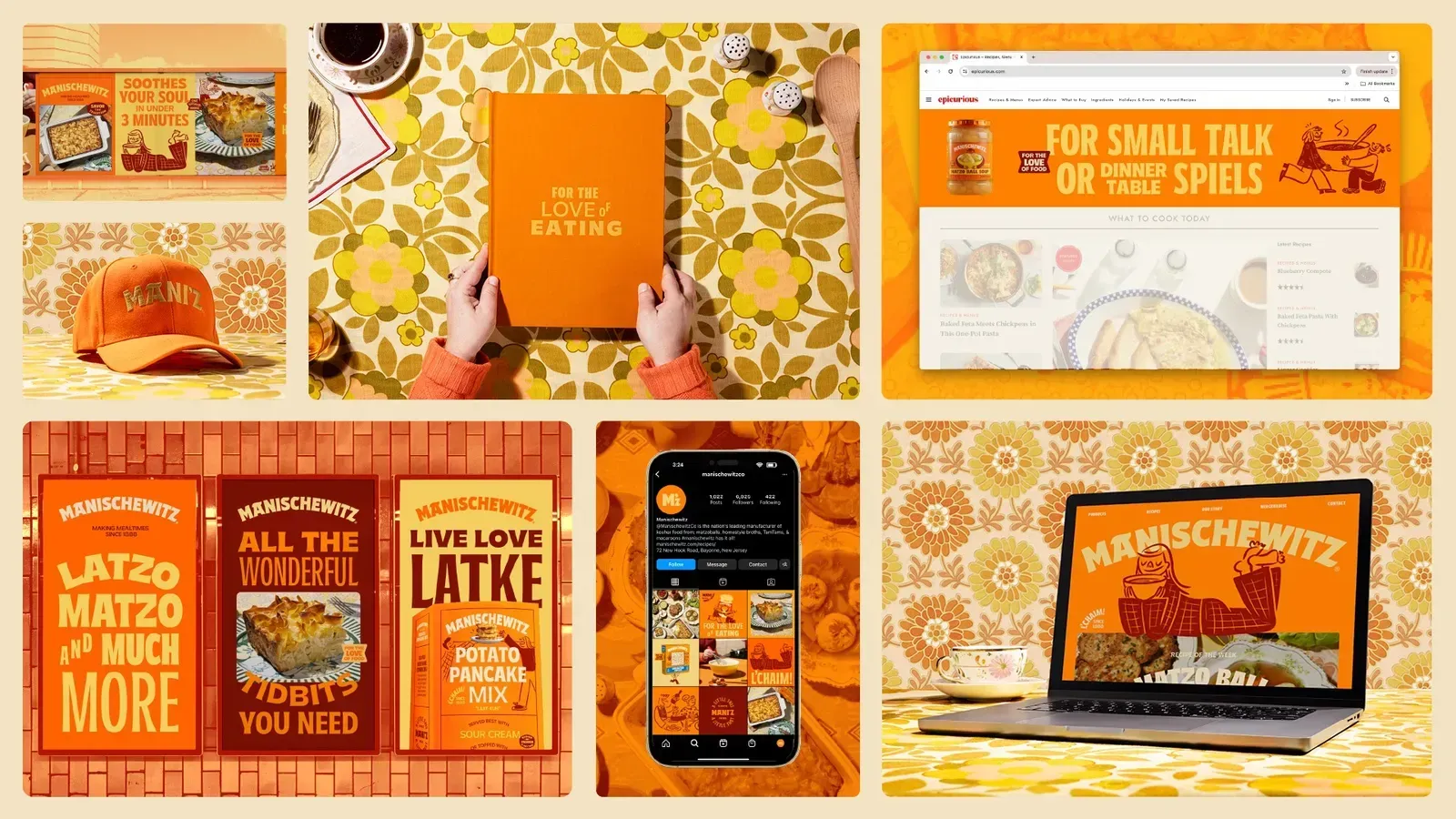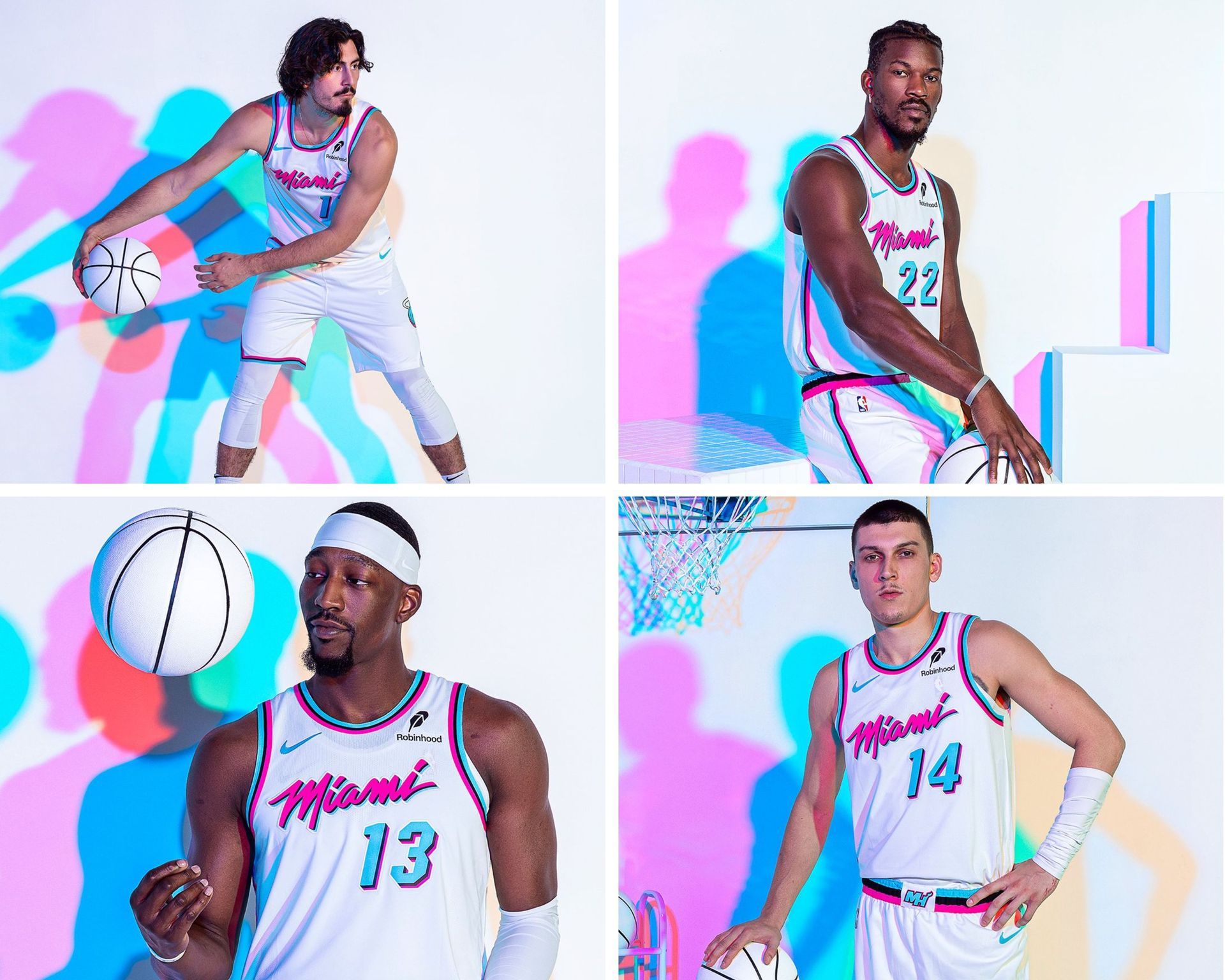
How Newer Businesses Can Tap into Nostalgia Branding and Win
Nostalgia Branding for Startups: How New Brands Can Use Retro Vibes to Win Customers
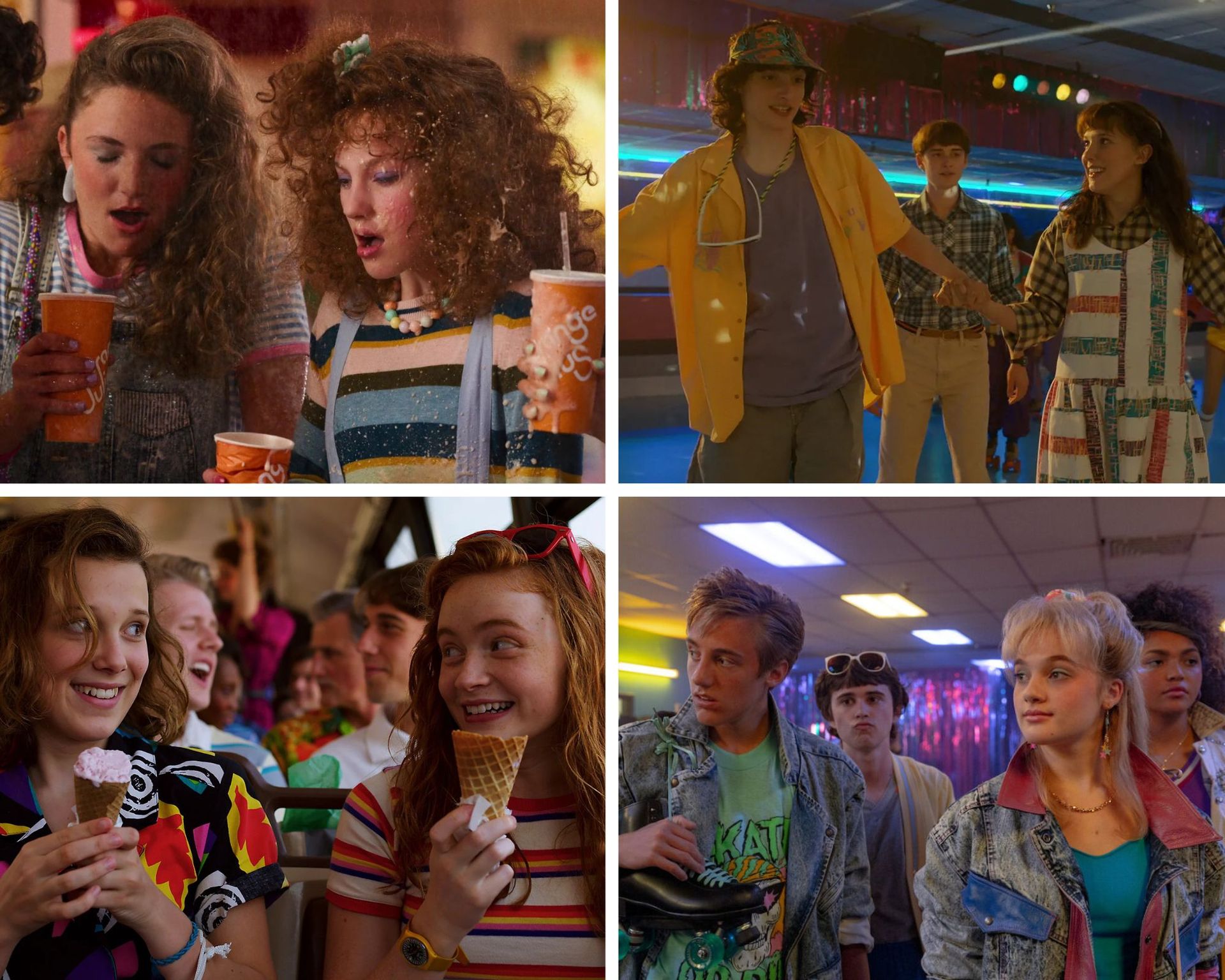
You ever see a kid these days rocking a Walkman or a windbreaker that looks straight out of Saved by the Bell? That’s nostalgia in action. And businesses—whether they’ve been around for 100 years or just got their LLC last week—can absolutely use it to their advantage.
If you’ve been following along, we’ve already covered how legacy brands like Fresca and Manischewitz refreshed their look by leaning into their roots. Then, we dove into the science behind nostalgia branding and why it works across generations, with some more great examples. Now, let’s get practical: how can you, a newer business, leverage nostalgia without a century-old brand history to fall back on?
Step 1: Move Beyond the Era—Focus on the Emotional Hook
By now, you probably already know which era makes sense for your audience (if not, check out our previous post where we break that down). But nostalgia isn’t just about the time period—it’s about the feeling you’re trying to evoke.
Ask yourself: What do you want your audience to feel when they interact with your brand? Is it the carefree joy of childhood summers? The rebellious spirit of late ‘90s alternative culture? The comforting, analog simplicity of pre-internet life?
Once you nail the emotion, it becomes much easier to craft a nostalgia-driven brand experience that doesn’t feel like a gimmick. Your visuals, messaging, and even the way you interact with your customers should all reinforce that feeling.
Step 2: Build a Nostalgic Universe, Not Just a Product
The best nostalgia-driven brands don’t just sell a product—they create a world that feels like a time capsule. This means incorporating nostalgia into every aspect of your brand, from your packaging to your social media voice to the way you engage with customers.
- Packaging & Presentation: If you’re selling a physical product, how it looks and feels matters. Think about how Polaroid cameras don’t just take pictures; they let people relive the thrill of instant prints. Even if your product is digital, you can bring in nostalgic design elements—Spotify’s retro “cassette tape” playlist covers are a great example.
- Brand Voice & Messaging: Your marketing should reflect the era’s tone and quirks. If you’re leaning into ‘90s nostalgia, use casual, playful language with plenty of pop culture references. If it’s ‘80s nostalgia, go for something more over-the-top and neon-soaked.
- Community & Engagement: Nostalgia thrives on shared experiences. Encourage customers to share their own throwback memories, create UGC (user-generated content) challenges, or host in-person/virtual events that recreate iconic cultural moments from your chosen era.
Step 3: Create Experiences That Feel Like a Throwback
Nostalgia branding isn’t just about looking the part—it’s about creating experiences that tap into those emotional memories.
- Limited-Edition Throwbacks: Even new brands can drop a “vintage” version of a product—think retro packaging, classic flavors, or even a ‘90s-inspired website layout.
- Old-School Marketing: Instead of just running Facebook ads, experiment with tactics like physical zines, posters, or even mail-in offers (yep, like the ones from the back of comic books).
- Retail/Online Experiences: Brands like Urban Outfitters thrive on turning their stores into Gen Z time machines—selling Polaroid cameras, vinyl, and ‘90s band tees alongside modern products.
Step 4: Lean into Pop Culture (Carefully)
Pop culture references are a goldmine for nostalgia branding—but they come with a caveat. You can’t just slap a “Only ‘90s Kids Remember” sticker on something and call it a day. It needs to feel authentic.
A great example? Netflix’s Stranger Things. The show doesn’t just drop random ‘80s references—it lives in the era. The neon arcades, the mix tapes, the BMX bikes, even the wardrobe—it all taps into the feeling of 1980s suburban adventure films. More importantly, the series uses nostalgia to enhance the story, not as a crutch. That’s why it resonates.
The branding around Stranger Things takes it even further. Netflix has partnered with brands like Coca-Cola (bringing back “New Coke” for a limited run), Lego (with a full-scale Upside Down set), and even Baskin-Robbins (turning an actual store into “Scoops Ahoy,” straight out of the show). Each collab makes sense because it feels natural, not forced.
On the flip side, try-hard nostalgia can backfire. Just because you slap an old-school font on something or throw in an ‘80s synth soundtrack doesn’t mean people will buy in. Audiences can tell when a brand is forcing it (looking at you, every “radical ‘80s” ad campaign that misses the mark). If you’re going to use nostalgia, make sure it’s woven into the experience—not just an afterthought.
Step 5: Keep It Fresh, Not Stale
The best nostalgia branding remixes the past instead of just replicating it. Look at how modern brands do it:
- Casetify (a phone case brand) nails nostalgia by releasing designs that look like old iPods, VHS tapes, and Game Boys—but they’re still functional, modern cases.
- Glossier taps into nostalgic beauty trends (sheer gloss, lip balm pots) while maintaining a clean, updated aesthetic.
- Liquid Death sells canned water with a brand identity that looks straight out of a ‘90s metal band’s merch booth. Nostalgic? Yes. But also fresh and completely unique.
Final Thoughts: The Future of Nostalgia Branding
Newer businesses might not have a decades-old history, but they can borrow from the past to build an emotional connection. The trick? Doing it with authenticity, strategy, and a little bit of self-awareness.
As we move forward, expect brands to go even deeper into digital nostalgia—resurrecting old-school website aesthetics, pixel art, and even clunky, low-res interfaces as part of their branding. (Brace yourself: MySpace-inspired designs are probably making a comeback.)
So, if you’re building a brand from the ground up, don’t let history hold you back. Play with the past, remix it for today, and create something that feels familiar—even if it’s brand new.
And hey, if you need help figuring out which piece of nostalgia fits your brand, you know where to find me. I’ll be over here listening to Prince and partying like it’s 1999.
